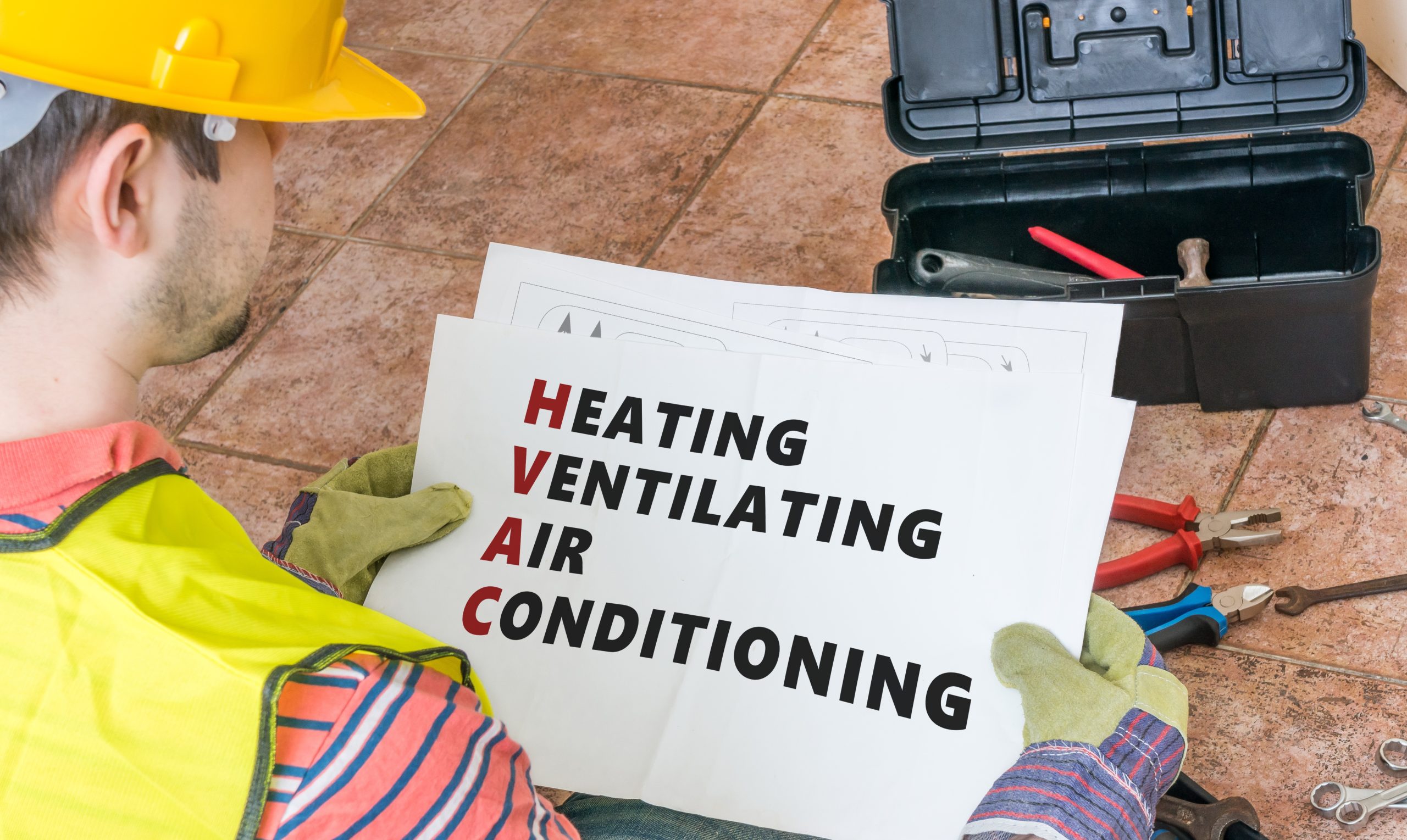
Posted: January 11, 2017
QUESTION:
I am looking for opinions and guidance; I am rebuilding my home after the August floods and trying to make it much tighter, and more energy efficient.
One thing I want to do is to put a mini-split in the Master Bedroom. With no kids living in our home anymore, my wife and I spent more time in the Master suite than elsewhere. So, I don’t want a big unit running to cool just one room, besides I like it cool when I sleep. I’ve had three HVAC contractors to the house and received push back from each one. One will not do mini-spits. The second told me a 5 ton unit or just do a 4 and 1. The living area, once completed with, is around 2,300 square feet. Both AC contractors argued with my idea of putting in a dehumidifier. Their response is that a 2 speed system will do just as well. The last one contractor at least knew what a Manual J was, but again argued about the dehumidifier. He wants to put in a 17 seer, 2-speed 4 ton. My contention is that the AC will only come on when temperature demands it. Second part is why run a 230volt – 30 amp motor to dehumidify when a simple 120volt – 7amp machine will do the same.
Have the new AC units progressed to the point that the dehumidifier is not required? What is your opinion of manual J heat load sizing?
ANSWER:
I highly suggest, and if it was my home, mandate a room-by-room manual J load calculation based on the building envelope improvements recently completed. It also is very important to perform a Manual D to determine if the existing air distribution system (return and supply) will work with the new equipment. I would presume that if you are changing equipment capacity that the existing ducts will not meet the requirements of static pressure and velocity of the new equipment. This statement is true even if you don’t change capacity. The entire performance (even temperatures, even moisture control, comfort, IAQ, operating costs) all revolves around the air distribution system. So, don’t let the HVAC dealer skip this important step. I would also presume that the existing air distribution system has air leaks and would require some level of attention if it is remains in service.
It will be difficult to almost impossible to find a 1.5-ton or smaller AC (conventional DX split system) that is rated above 14 SEER. The capacity of most high efficient residential systems is 2 – 5 tons. Therefore, if you want a system dedicated for the master suite, then the only technology that would match the small heat load of that area would be a variable refrigerant flow mini-split. This system could be ductless or ducted. The advantage of ductless is no duct loss from heat but the disadvantage is that multiple cartridges/heads are required to evenly condition the space of the bedroom, closets, and bathroom. With a ducted mini-split, you could use one larger indoor unit connected to a small air distribution system. The disadvantage is duct heat loss and condensation of the supply ducts and indoor equipment. I mention the condensation issue because you stated that you like the bedroom cold. There is a very high risk with high efficient equipment of reaching dew point because of much longer run times at lower fan speeds with cold indoor air temperatures. Not being familiar with your home, it’s difficult to recommend one approach over another. There is a lot to be said for using two smaller AC systems and dividing the overall heat load of the home – better moisture and temperature control and potential energy savings if operated properly.
Now onto the dehumidifier discussion. There is no way on God’s green earth that in the Gulf South region we can have adequate year-round dehumidification with only air conditioning in a home that is either energy efficient or where the building envelope has been greatly improved with reductions in air infiltration and heat gains. Yes, the HVAC technology has improved to increase dehumidification, but not at the expense of operating the system and/or over-cooling the indoor space. Even if the indoor temps are over-cooled by 3 degrees below the thermostat set point, there is no guarantee that the indoor relative humidity set point would be satisfied. In order to have year-round indoor relative humidity of 50-55%, you must have a properly sized matched AC system combined with supplemental dehumidification. The dehumidifier can either be an Energy Star stand-alone unit, preferably connected to a permanent drainage system, or an appropriately sized whole house dedicated ducted system i.e. Thermastor UA 98.
Finally, I can’t stress this point enough – proper startup of the equipment, following the manufacturer’s refrigerant guidelines, and commissioning of the air distribution system (duct leakage, air flow measurements, static pressures, and balancing) is paramount to the overall performance described above as well as the equipment’s useful life.
I hope this helps and allows you to make an informed decision and doesn’t muddy the water or issues. Please contact the recommended HVAC dealers listed on PaulsHouse site. Here’s a link http://bit.ly/PaulsHouseHVAC
For more information, click the icon to follow Paul’s House on Facebook.
Copyright © 2017 Paul’s House, LLC
